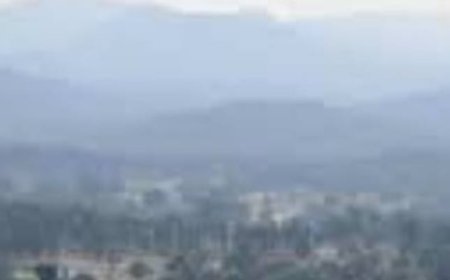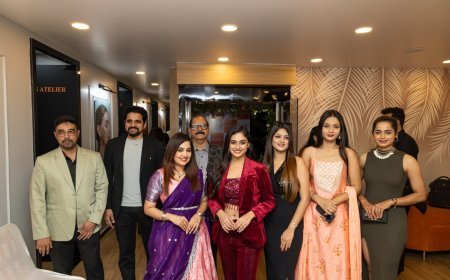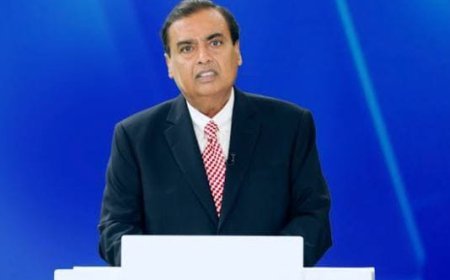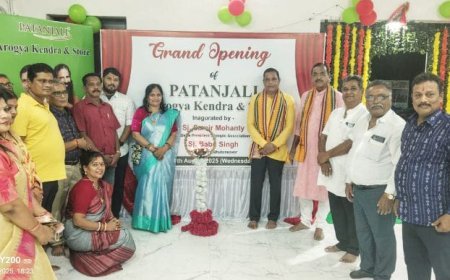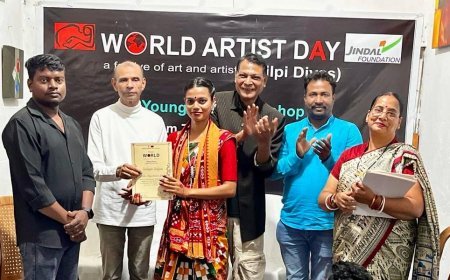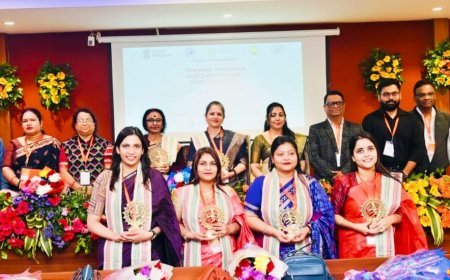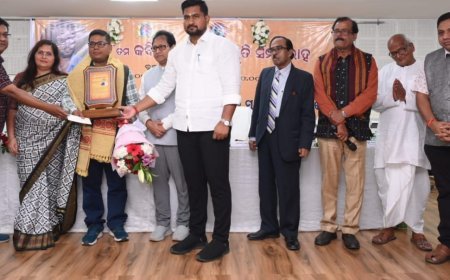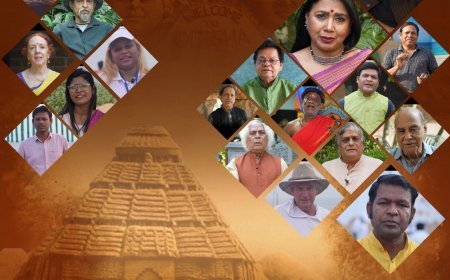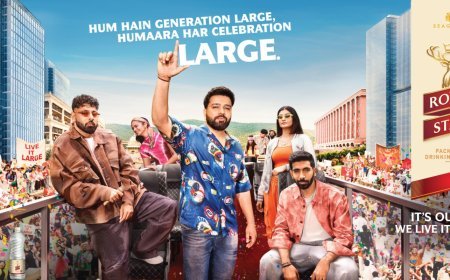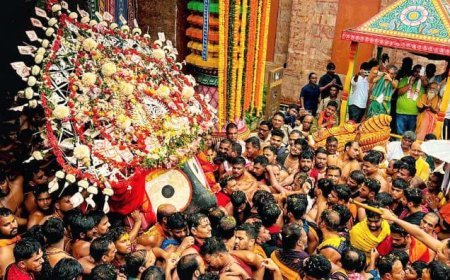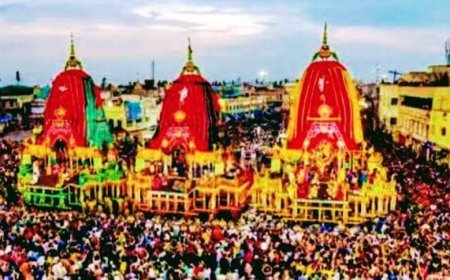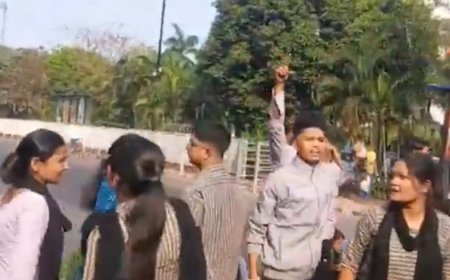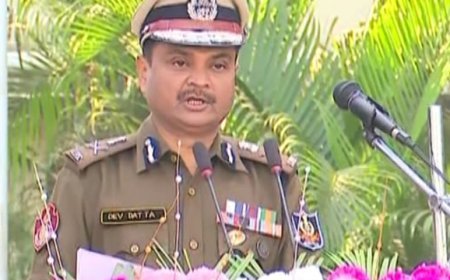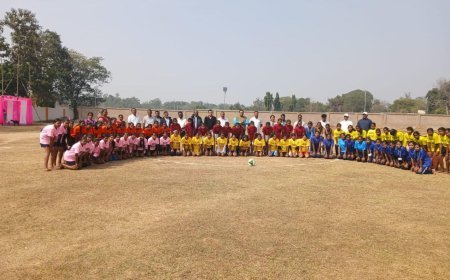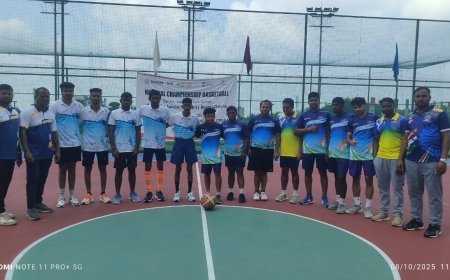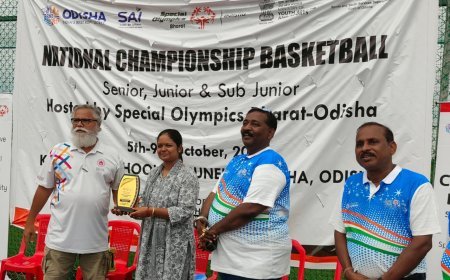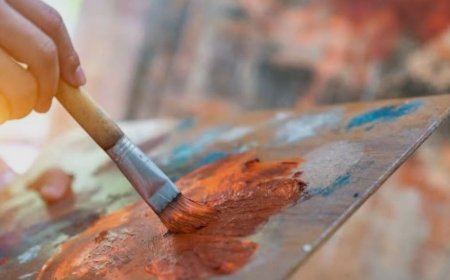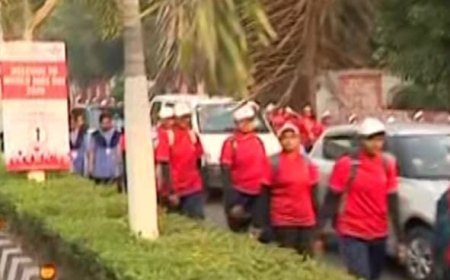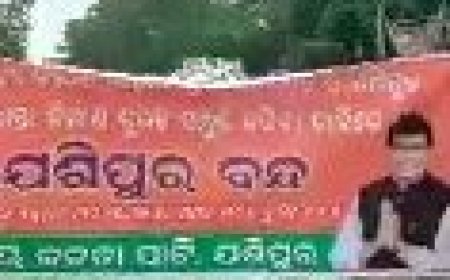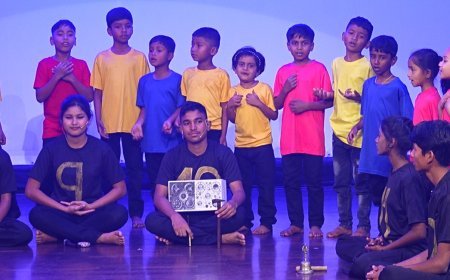Maharaja Raghunath Pratap Sekhar Deo: The Visionary Architect of Modern Sundargarh

In the annals of Indian princely states, few rulers have left as profound and enduring a legacy as Maharaja Raghunath Pratap Sekhar Deo, the last sovereign of Sundargarh before its peaceful integration into the Indian Union. A monarch not bound by the limitations of his time, he was a bridge between tradition and modernity, a true people’s king whose reign marked a transformative era for the people of Sundargarh, particularly its tribal heartland.
Legacy
Commemorated: The Statue Unveiling
On 2nd June 2025, near the serene surroundings of Parijat Park, a solemn yet proud ceremony took place — the unveiling of a statue in honor of Maharaja Raghunath Pratap Sekhar Deo. The event, graced by Rajmata Padmini Sekhar Deo and Union Minister for Tribal Affairs Sri Jual Oram, was more than a tribute in bronze; it was a collective act of remembering a ruler whose life and leadership continue to shape the identity of Sundargarh.
The presence of local leaders, citizens, and cultural custodians at the event reflected the deep-rooted affection and reverence that Maharaja commands even a century after his reign. It was not just a celebration of the past but a reaffirmation of the values he championed — unity, education, welfare, and cultural pride.
The Ruling Dynasty and Early Life
Maharaja Raghunath Pratap Sekhar Deo hailed from the illustrious Bhanja dynasty, which had governed the region with wisdom and foresight. Born into royalty, he inherited more than a throne — he inherited responsibility.
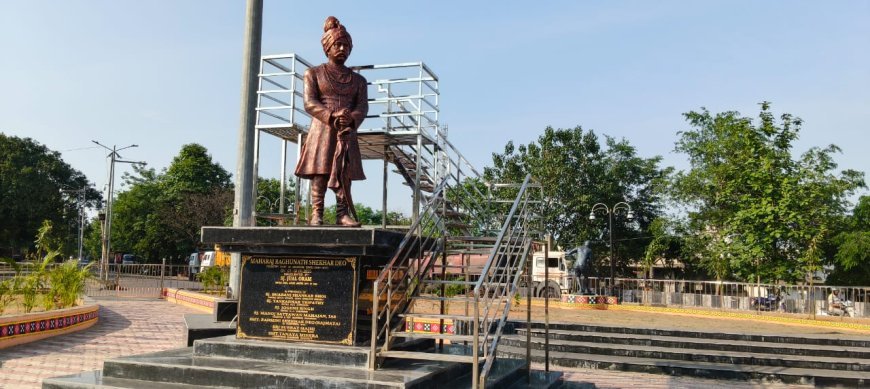
Though he followed in the legacy of his grandfather Maharaja Raghunath Sekhar Deo — the 18th ruler of Gangpur State — Raghunath Pratap carved out a distinct identity through visionary leadership, embracing the winds of change that came with India's transition from princely rule to democratic republic.
Champion of Education
If there is one enduring emblem of his rule, it is his unwavering commitment to education. At a time when many rulers were content with traditional systems, Maharaja Raghunath Pratap Sekhar Deo envisioned a future in which the power of knowledge could uplift generations — especially the marginalized tribal communities.
He spearheaded the establishment of schools, promoted education among girls and tribal children, and founded institutions that still thrive today. Government College Sundargarh, one of the first centers of higher education in the district, stands as a glowing tribute to his foresight. He believed education was the most effective tool for empowerment — and he acted upon that belief.
A Moderniser at Heart: Infrastructure and Civic Development
Maharaja Raghunath Pratap Sekhar Deo didn’t merely govern from palaces; he walked the dusty roads of his region, saw the challenges his people faced, and sought pragmatic solutions.
He introduced systematic urban planning, ensured road connectivity to far-flung tribal villages, and modernized the administration to be more responsive to the people’s needs. His reign witnessed the expansion of civil services, courts, and administrative bodies — laying the groundwork for what would become the modern town of Sundargarh.
Custodian of Culture and Tribal Heritage
Though he was a modernizer, the Maharaja deeply respected indigenous traditions, languages, and customs. In an age of homogenization, he stood firm in preserving the unique tribal identity of Sundargarh while blending it with the emerging cultural fabric of Odisha.
Under his rule, tribal art, music, festivals, and rituals were given official recognition. He supported cultural gatherings, tribal fairs, and local artisans, thereby giving expression to the soul of Sundargarh — its people.
A Statesman in Transition: Merger with the Indian Union
The end of princely India came swiftly after independence in 1947. While some rulers resisted, Maharaja Raghunath Pratap Sekhar Deo understood the changing tides of history. With remarkable dignity and foresight, he facilitated the peaceful merger of Sundargarh into the Indian Union in 1948.
His cooperation ensured not only administrative continuity but also harmony in a newly independent India. His actions during this crucial period earned him the admiration of leaders and citizens alike.
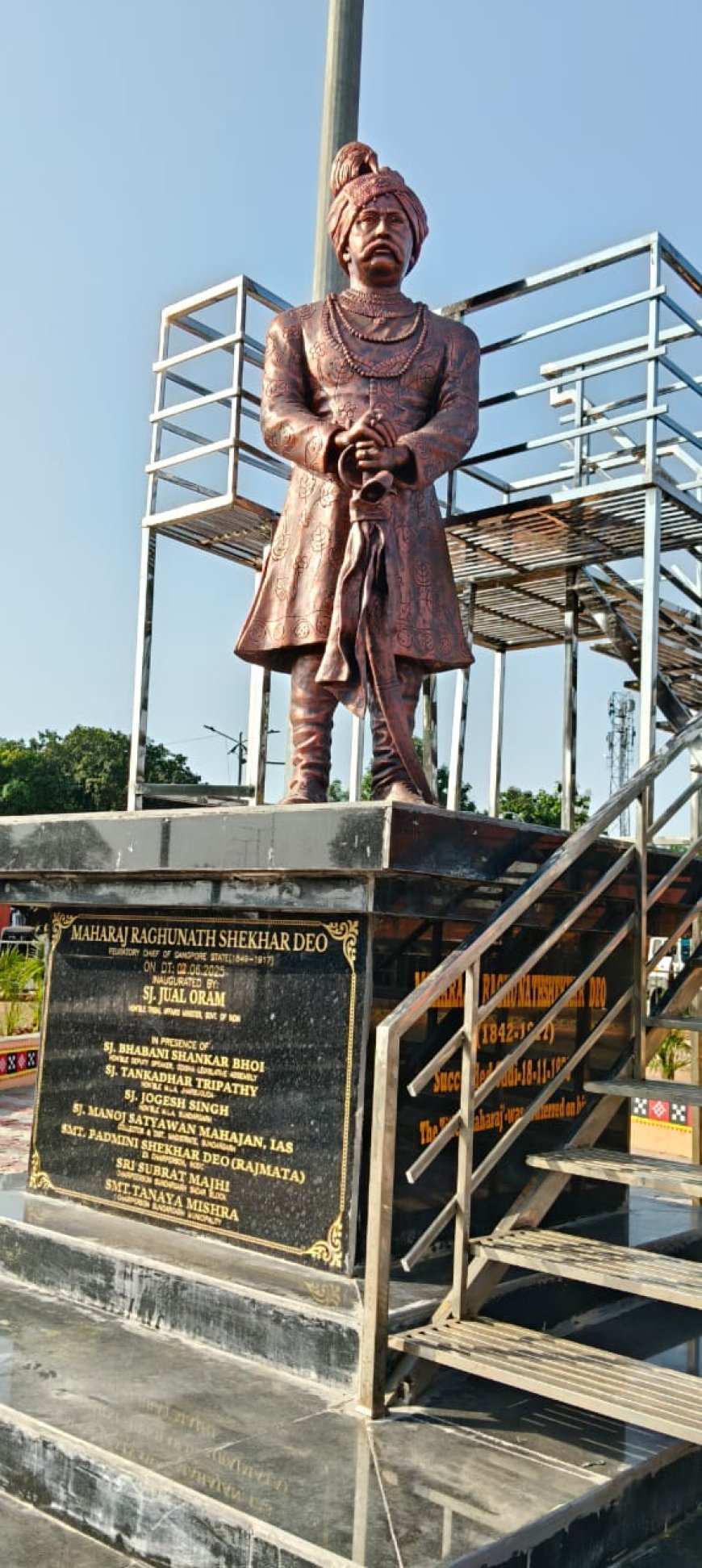
A Legacy Etched in Time
From the schools bearing his name to the roads he built, from Kishore Mahal to tribal welfare centers, the Maharaja’s legacy is not just in history books — it lives in every corner of Sundargarh.
He was more than a king. He was a visionary, a reformer, a cultural ambassador, and above all, a humane ruler who placed his people's welfare above his royal privileges.
Final Words: A Tribute for the Ages
In a world often marked by fleeting fame, the legacy of Maharaja Raghunath Pratap Sekhar Deo remains timeless. As Sundargarh grows into a vibrant district of Odisha, the roots of that progress can be traced back to the Maharaja’s vision.
Let his statue near Parijat Park be more than just stone and metal. Let it be a daily reminder that true leadership lies in service, inclusivity, and the courage to walk with one’s people — not ahead of them.
To Maharaja Raghunath Pratap Sekhar Deo, the people's king — we bow in gratitude and remembrance.
Your legacy guides us still.
“A king is not remembered for his crown, but for the bridges he builds across time.”
— A fitting epitaph for Sundargarh’s beloved Maharaja.
Sanjay Pattnayak
Sundargarh


